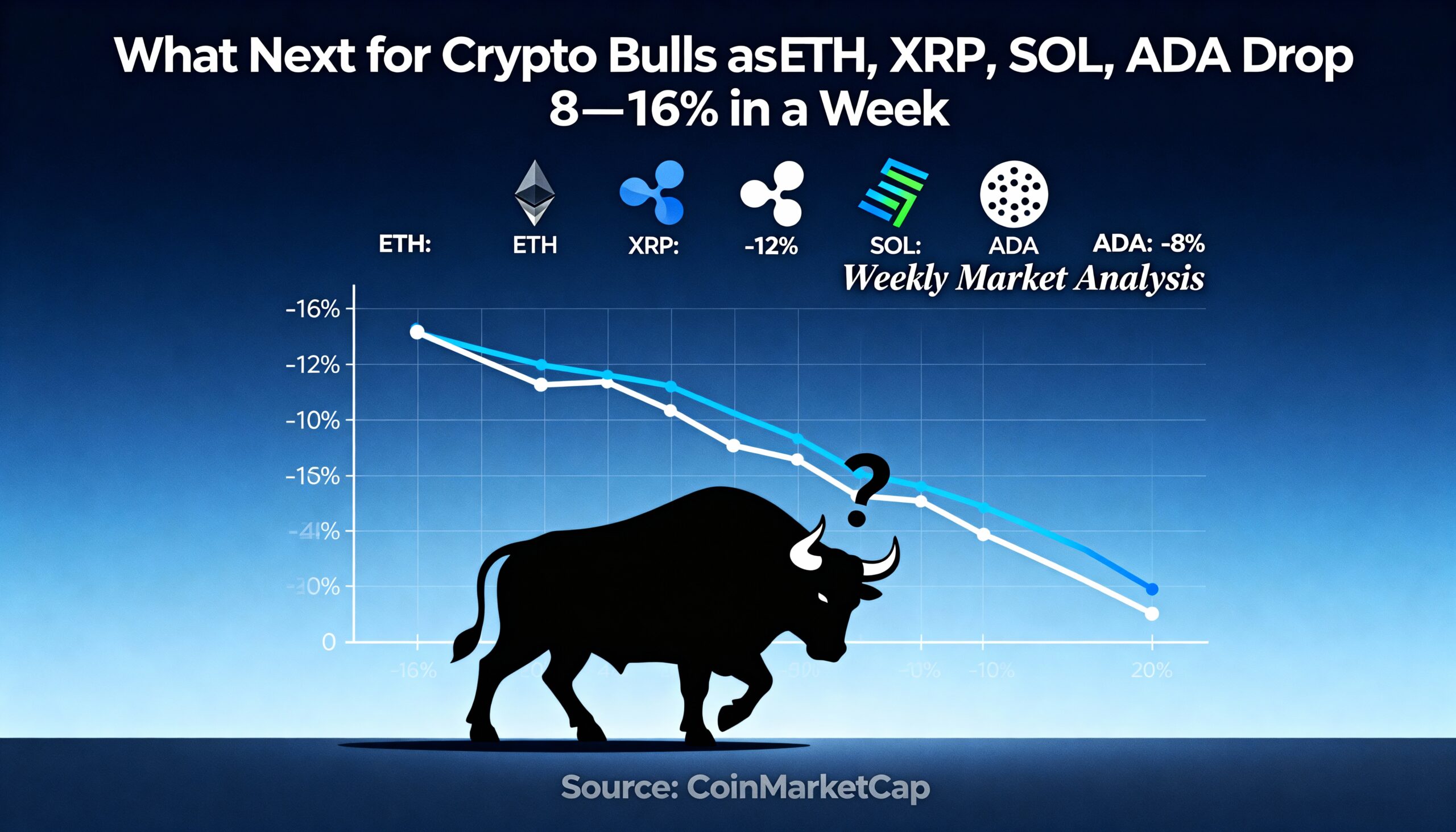
Hashnote’s USYC Token Drives Usual’s Surge in DeFi Market
Hashnote’s USYC token has become a key player in the rapid rise of the decentralized finance (DeFi) protocol Usual, whose USD0 stablecoin recently surpassed a $1 billion market cap in just a few months. This shift marks a significant change in the landscape of the $3.4 billion tokenized Treasuries market.
According to data from rwa.xyz, Hashnote’s USYC token has seen a remarkable five-fold increase in its market cap, reaching over $1.2 billion in just three months. This growth has propelled USYC ahead of BlackRock’s BUIDL token, which had been the market leader since April with a market cap of $450 million.
The USYC token is a representation of the Hashnote International Short Duration Yield Fund, which focuses on reverse repurchase agreements involving U.S. government-backed securities and Treasury bills held at the Bank of New York Mellon, as per Hashnote’s official website.
The rapid expansion of Hashnote highlights the growing importance of connecting tokenized products with decentralized finance applications. By making their tokens composable—usable within other DeFi protocols—Hashnote is tapping into the increasing demand for yield-bearing stablecoins backed by tokenized real-world assets (RWAs).
USYC’s success is closely linked to the DeFi protocol Usual, which has gained attention with its USD0 stablecoin. Usual aims to challenge centralized stablecoins like Tether’s USDT and Circle’s USDC by redistributing a portion of the revenue generated by its backing assets back to holders. USYC is the primary backing asset for USD0, but Usual plans to diversify its reserves by adding more RWAs in the future. Recently, Usual announced the integration of Ethena’s USDtb stablecoin, built using BUIDL as its reserve asset.
“The bull market has fueled a massive increase in stablecoin usage, but the issue with the biggest stablecoins is that they don’t offer rewards or access to the yield they generate,” said David Shuttleworth, partner at Anagram. “USDT and USDC don’t provide users with any equity in the protocol.”
“What makes Usual appealing is its model of redistributing yield and ownership in the protocol back to the users,” he added.
The protocol and its USD0 stablecoin have raised $1.3 billion in recent months as crypto investors flock to on-chain yield opportunities. A major driver of this growth was the launch and exchange listing of Usual’s governance token (USUAL) on Binance. Since its debut, USUAL has surged by around 50%, outpacing the broader crypto market, according to CoinGecko data.
Earlier this year, BlackRock’s BUIDL also saw significant growth, thanks in part to its role as the key reserve asset for Ondo Finance’s yield-earning Ondo Short-Term US Government Treasuries (OUSG) token.























